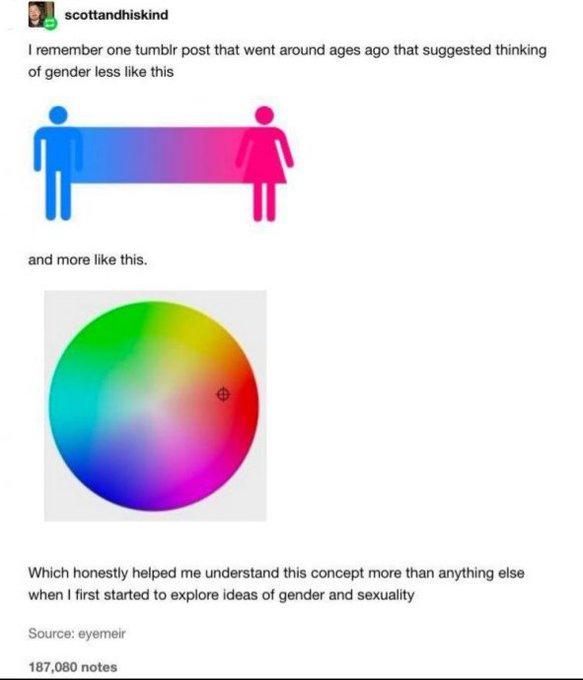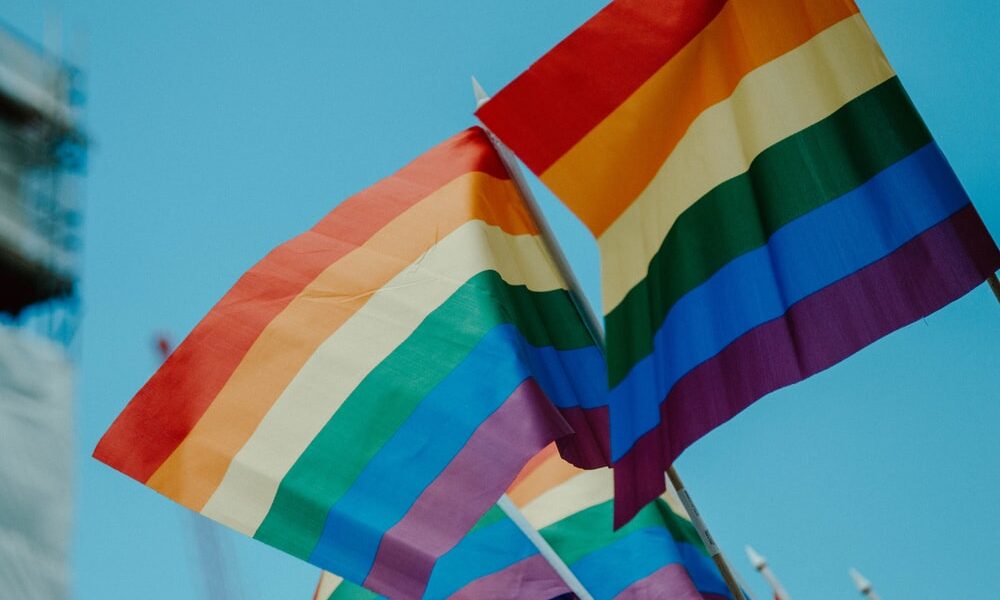Learning and advocating for the LGBTQIA+ community doesn’t stop after June 30th.
June – the beginning of summer. It’s when children all across the United States get out of school. Temperatures start getting hotter. It’s also known as Pride Month – a month where companies bust out the rainbow logos, flags get raised on houses across the country, and awareness is raised for the LGBTQIA+ community.
However, supporting and respecting the community should be a life-long commitment, not a trend.
Recently, the Black Lives Matter movement has become especially prominent in politics, conversations, and social media feeds. Leaders and activists have been begging people around the world to make #BLM more than a hashtag – to make it a lifestyle. The LGBTQIA+ community has the same message; to continue to learn about sexuality and gender outside the designated “gay month.” Being raised in a heteronormative society (meaning a culture that brings up children expecting them to be straight) means that the diverse and nuanced spectrum of sexuality is undertaught in schools and swept under the rug. Even adults are often still confused or unaware of exactly how broad this spectrum is.
Why is the term “binary” dangerous for the LGBTQIA+ community?
Describing attraction or gender as a binary is harmful because it excludes people that do not feel comfortable associating with either choice. Even sex, which is biological, is not binary; there are male, female, and intersex people who do not classify as either one. People often confuse themselves between the definition of gender and the definition of sex. The biggest difference between the two is that sex is based on one’s reproductive functions and is a biological classification. However, gender is a personal identity. This means that it is up to the person to decide a label for themselves; constraining them to two choices is toxic and leads to problems like gender dysphoria, which is a conflict between a person’s identifying gender and their gender assigned at birth. People who identify as transgender, non-binary, demigender, genderfluid, or other labels can often feel gender dysphoria because of the environmental situations and opinions they experience in life.

As the image above indicates, the LGBTQIA+ community strives to envision gender and sexuality as a color wheel as opposed to a linear color scheme. For example, people who identify as non-binary often feel frustrated because people assume their gender is somewhere between female and male when it can actually be quite different. The same goes for sexuality: instead of it being “attracted to males” on one end and “attracted to females” on the other, sexuality is better depicted as a circle where attractions can overlap and diverge.
The binary fallacy is so engraved into our society that it has become a marketing strategy that is still upheld in the American economy.
Before the 20th century, it was acceptable for children of any gender to wear white dresses before they were six of seven. Up until the 1950s “there was no gender-color symbolism that held true,” says historian Jo Paoletti. In fact, a magazine from the early 1900s argued that pink, which was a more “decided and stronger” color, was more appropriate for boys. After that, though, clothes in the United States went from being practical (white was easier bleached) to becoming measures of a person’s femininity or masculinity. After 1985, gender-separate clothes rose to popularity and gender-neutral clothing fell out of fashion. Mass marketing was aware that individualized clothes would sell better, and they were right. The stereotypes built quickly after that. “All of a sudden it wasn’t just a blue overall; it was a blue overall with a teddy bear holding a football,” Jo Paoletti says of the change in clothes in the ’80s. A sexual identity researcher from John Hopkins Hospital in Baltimore, John Money, argues that gender is influenced first and foremost by environmental pressures and is a case of ‘nurture versus nature’.
The trend was so powerful that the very idea of feminism was changed after that. In the first half of the century, feminists took to unisex or more masculine clothing, believing that frilly and feminine clothes upheld the idea of a subservient female personality. However, after the 1950s, some feminists were fine with dressing their children in all the lace and curls they could get; clothing had become so gender-divided that people no longer cared whether they indicated a submissive or dominant personality and instead focused on which clothes looked better suited for girls or boys. Because of this type of marketing, people who identify with a gender different from the one they were assigned at birth often struggle with expressing themselves. Society puts a lot of pressure on those who don’t “dress right” and discriminates based on how people look. The blue/pink clothing divide, along with other stereotypes (only girls can wear dresses or skirts, for example) is toxic and harmful to people who want to express themselves differently from what society expects.
It’s 2020 now.
At this point, binary should not be used to describe identity. The LGBTQIA+ community has been ostracized for years. It belongs to an older time where people who didn’t identify as heterosexual or homosexual didn’t exist in society’s eyes; it belongs on the screen of a computer, in code, but not in sexuality and gender. Start addressing people with their proper pronouns. Ask for their labels first. The world isn’t black and white, and gender is not blue and pink. That’s the only way we can move forward as a society.





This is so amazing! This is such a well-researched and thoughtful take and definitely something that’s often not talked about but needs to be in our current society. This brings up so many things that I never really thought about. Thank you for writing it!